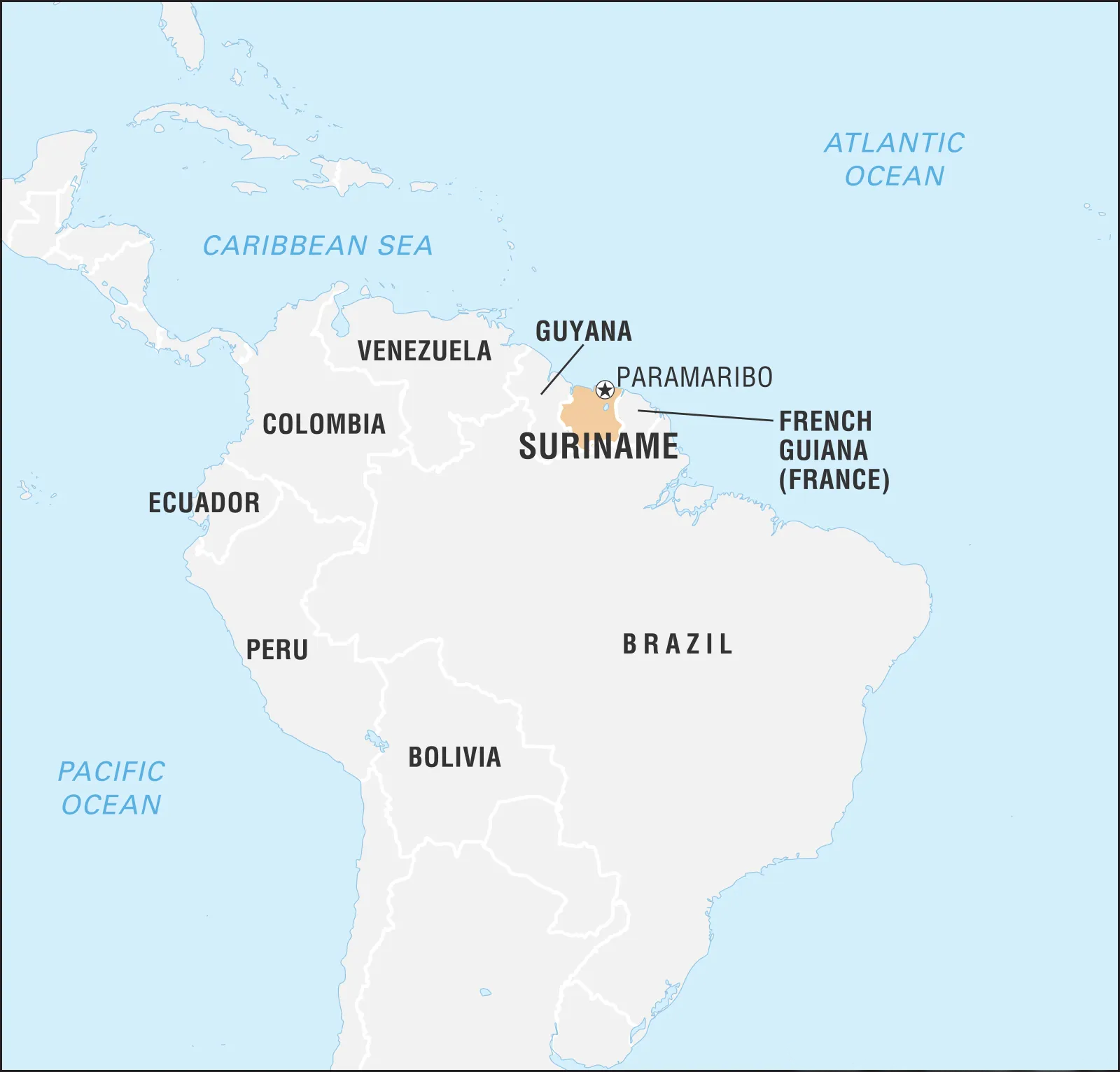Rapid Fire Current Affairs | 07 Jun 2023
Indigenous Heavyweight Torpedo Varunastra
In a significant achievement for the Indian Navy, the indigenously designed and developed heavyweight torpedo Varunastra has successfully demonstrated its effectiveness in a live test. Created by the Naval Science and Technological Laboratory (NSTL) under the Defence Research and Development Organisation (DRDO), and manufactured by Bharat Dynamics Ltd (BDL), Varunastra combines advanced features such as low drift navigational systems, acoustic homing, and autonomous guidance algorithms. During the test, Varunastra showcased its remarkable capabilities by accurately hitting an undersea target, solidifying its position as the go-to anti-submarine torpedo for all naval warships.
The torpedo will replace the older models currently equipped on naval ships that have the capability to fire heavyweight torpedoes. Varunastra's superior specifications include a maximum speed of 40 knots and a maximum operating depth of 600 meters. It boasts long-range capabilities with multi-maneuvering features, making it highly effective in tracking and targeting silent underwater threats.
Read more: Varunastra
AIIMS Defended Malware Attack on e-Hospital Services
All India Institute of Medical Science (AIIMS) the premier health institution in India, successfully defended its e-Hospital services against a harmful computer program known as malware.
Malware is a malicious program designed to harm computers, networks, and devices by disrupting their operations or gaining unauthorized access. The types of malware include viruses, worms, Trojans, ransomware, spyware, adware, and scareware. These threats can cause data loss, financial damage, privacy breaches, and system vulnerabilities. It is crucial to protect against malware by using security measures such as antivirus software, strong passwords, regular updates, and cautious online behavior.
Read more: Medical Device and Malware
Indian President Marks 150 Years of Indian Arrival in Suriname
The Indian President and President of Suriname commemorated the 150th anniversary of the arrival of Indians in Suriname.
The Indian President emphasised the historical significance of this milestone, with the first group of Indians arriving in Suriname aboard the ship Lalla Rookh in 1873. She praised Suriname as a multicultural society that has embraced and integrated diverse communities into one family and one country, fostering unity and inclusiveness. And announced the extension of eligibility for the OCI Card, expanding the ties between India and Suriname.
President acknowledged the deep-rooted attachment of the Indian diaspora to their heritage despite geographical distances and expressed India's commitment to an inclusive global order and recognized Suriname's involvement in initiatives like the G-20 and the Voice of Global South Summit.
The Indian President Droupadi Murmu was also bestowed with Suriname's highest civilian honour “Grand Order of the Chain of the Yellow Star”, further underscoring the importance of the bilateral relationship.
Read more: OCI Card, G-20 , Voice of Global South Summit
Cyclone "Biporjoy" Threatens Arabian Sea
Cyclonic Storm "Biporjoy" intensifies in the Arabian Sea, posing significant risks and uncertainties for the affected regions. The India Meteorological Department (IMD) reports the storm's rapid development, expecting it to strengthen into a severe cyclonic storm with winds reaching 115-125 kmph and gusts of 140 kmph on June 8, 2023. The name 'Biparjoy' (meaning calamity or disaster) was given by Bangladesh.
The formation of Cyclone "Biporjoy" in June is unusual, and the increasing sea surface temperatures in the Arabian Sea, attributed to climate change, play a significant role. These higher temperatures, reaching 30-32 degrees Celsius, favour the intensification of cyclones.
The cyclonic system also poses a threat to the southwest monsoon in India, hindering its arrival and progression. By diverting moisture away from India, the storm could further delay the monsoon onset. Climate scientists point out the potential influence of long-term Indian Ocean warming and the developing El Nino, both of which can weaken the monsoon.
Read more: Cyclone, Monsoon, Climate change



